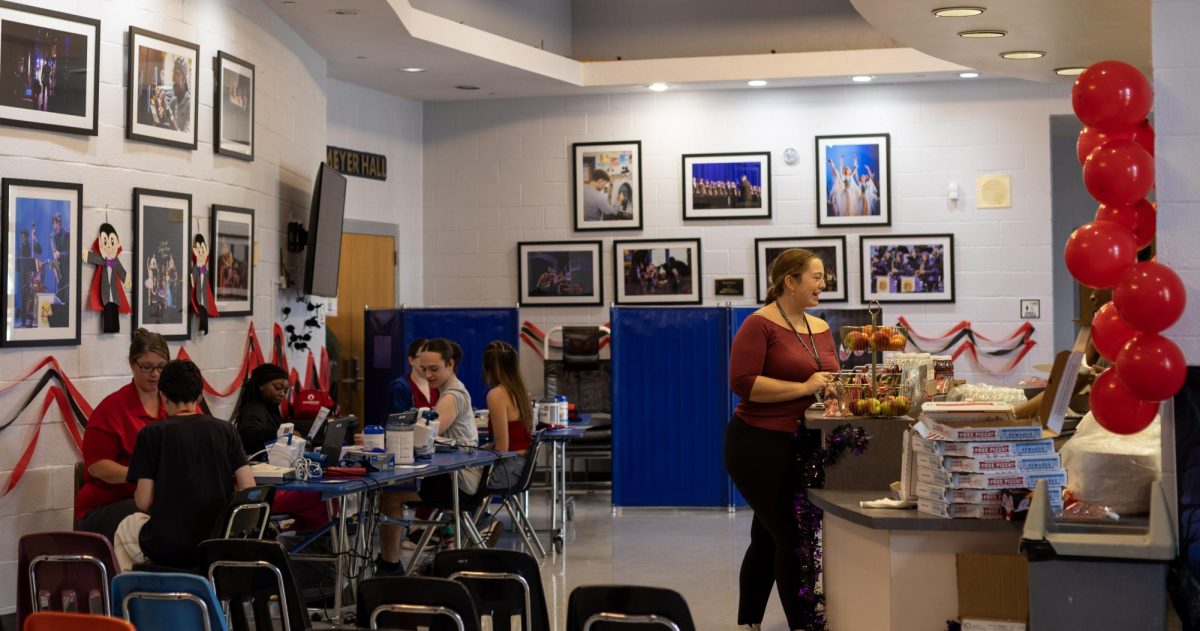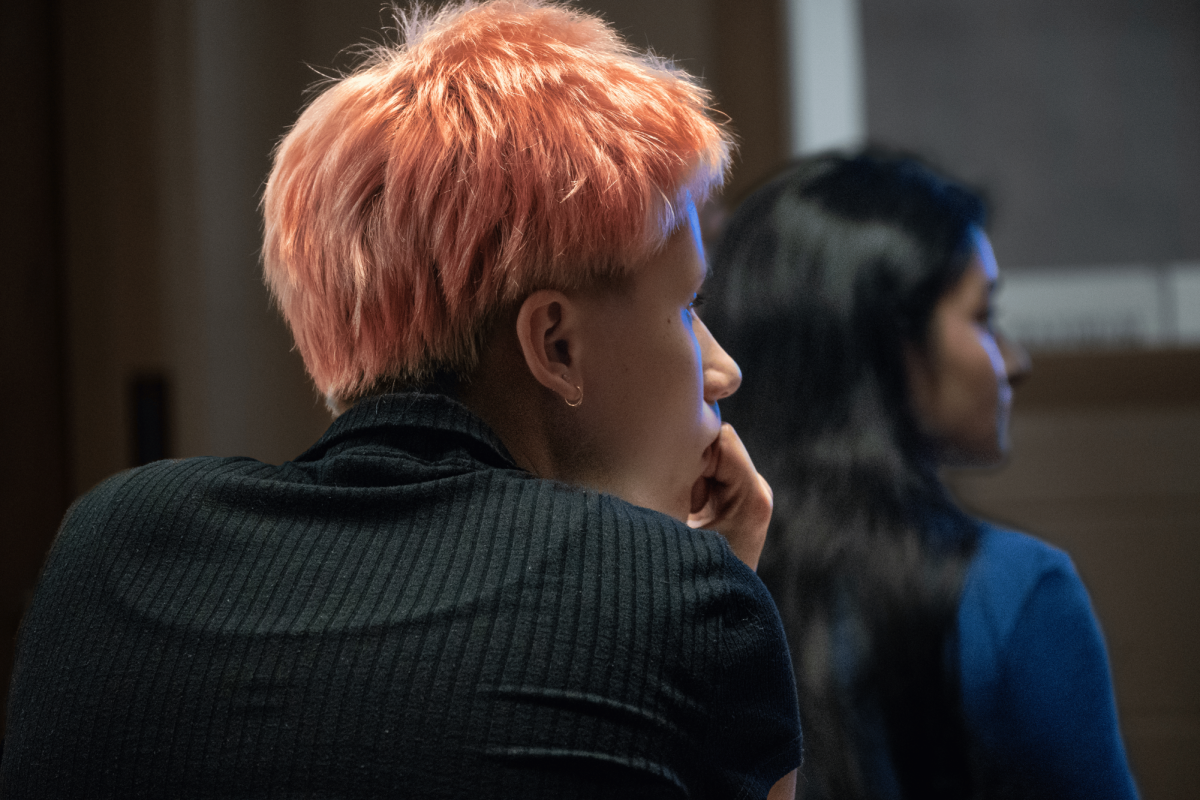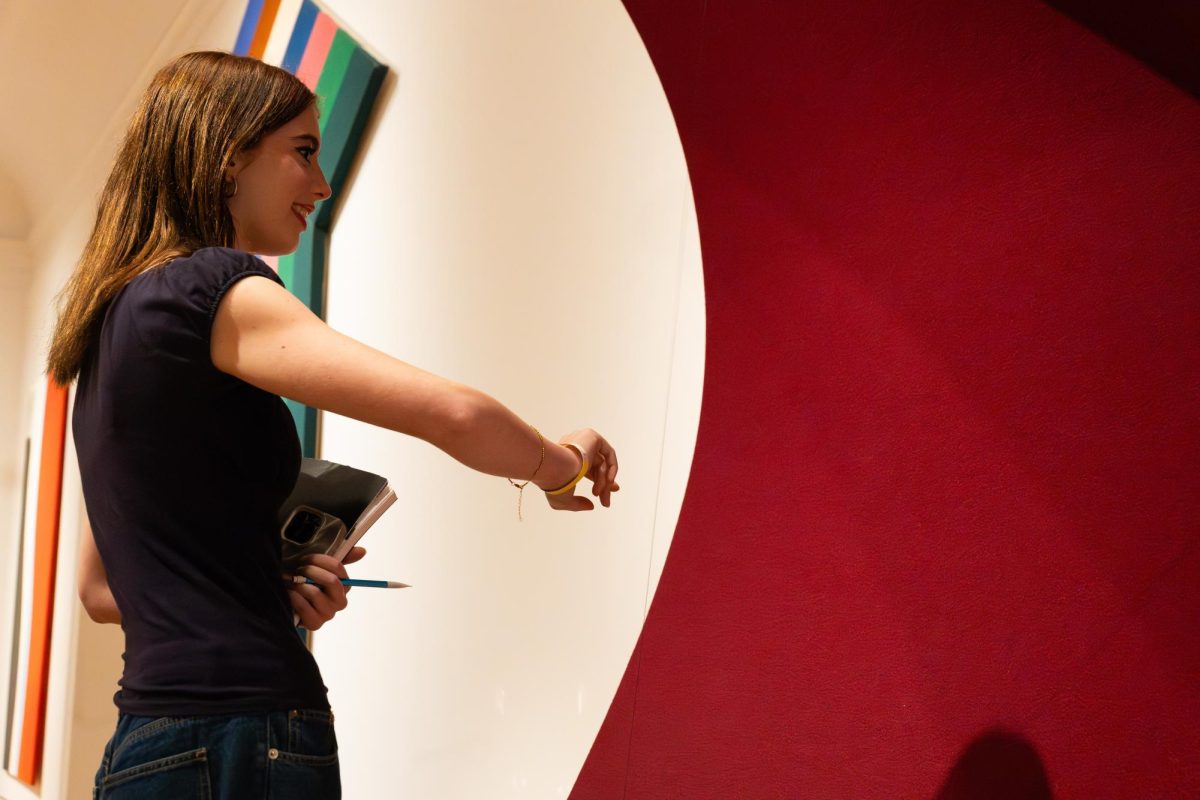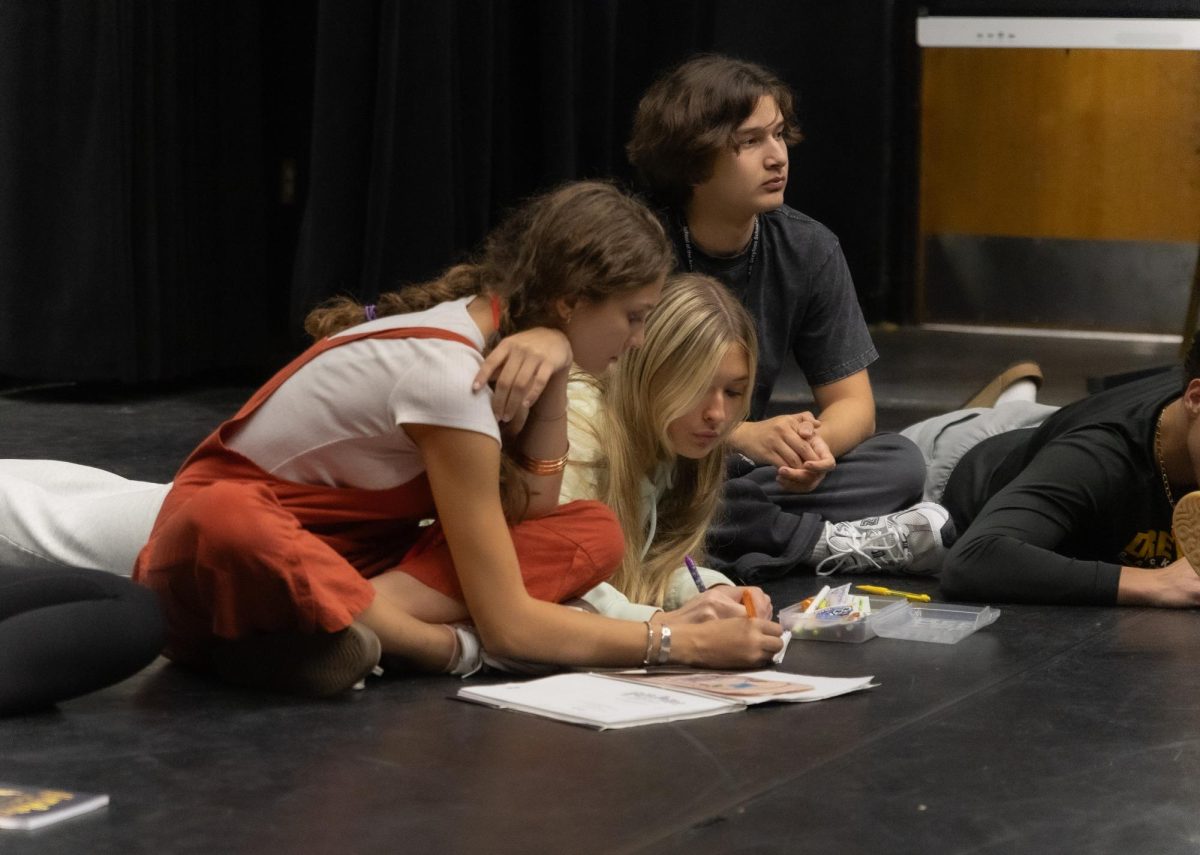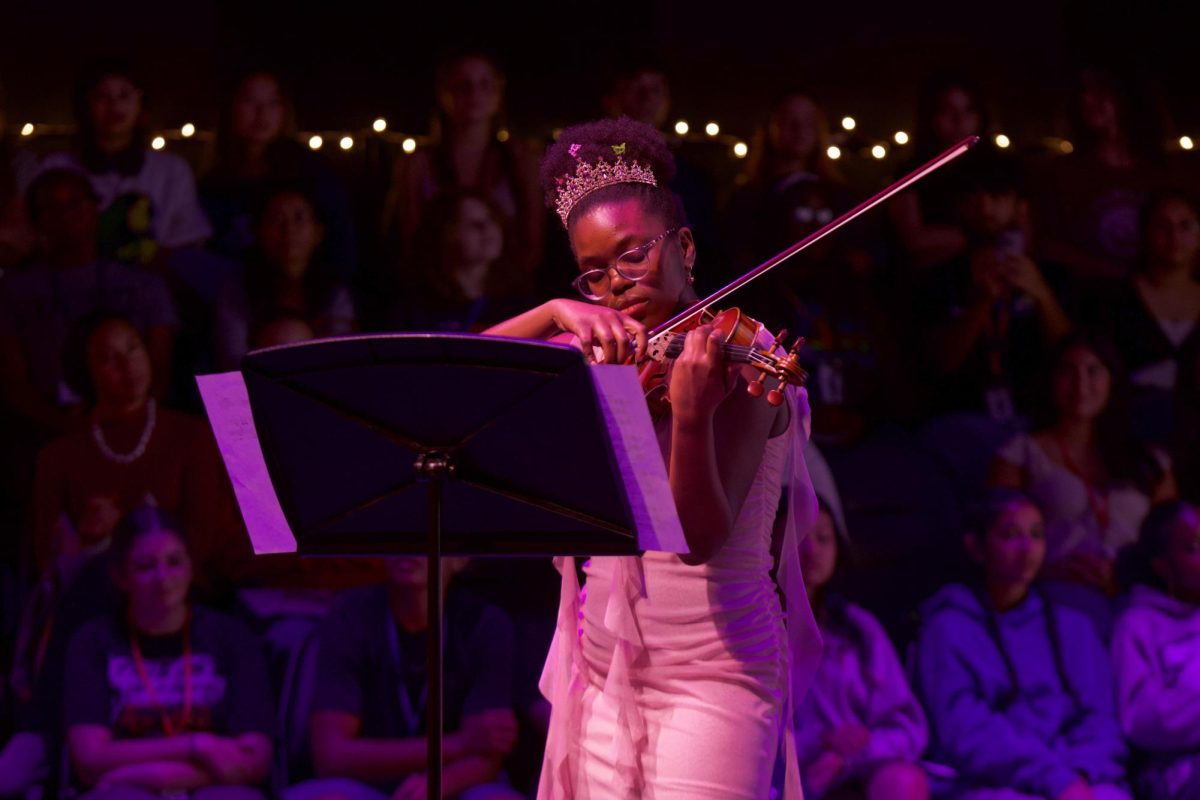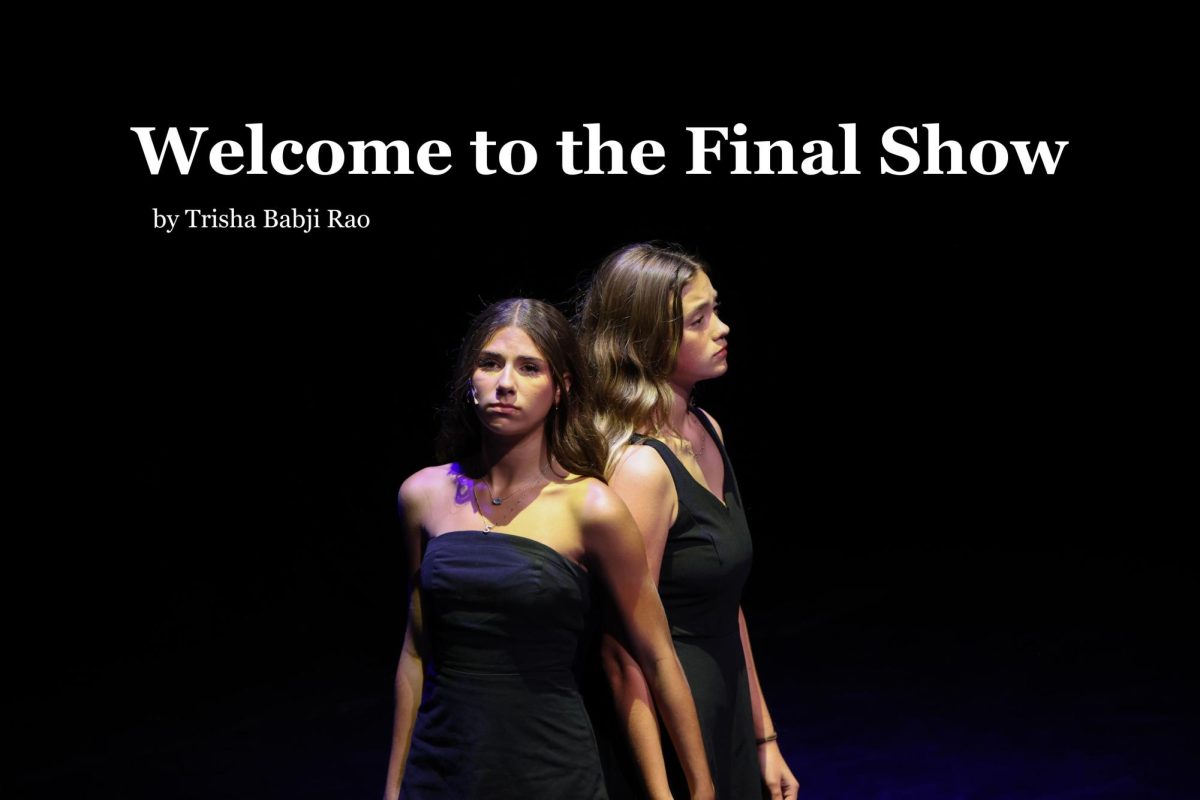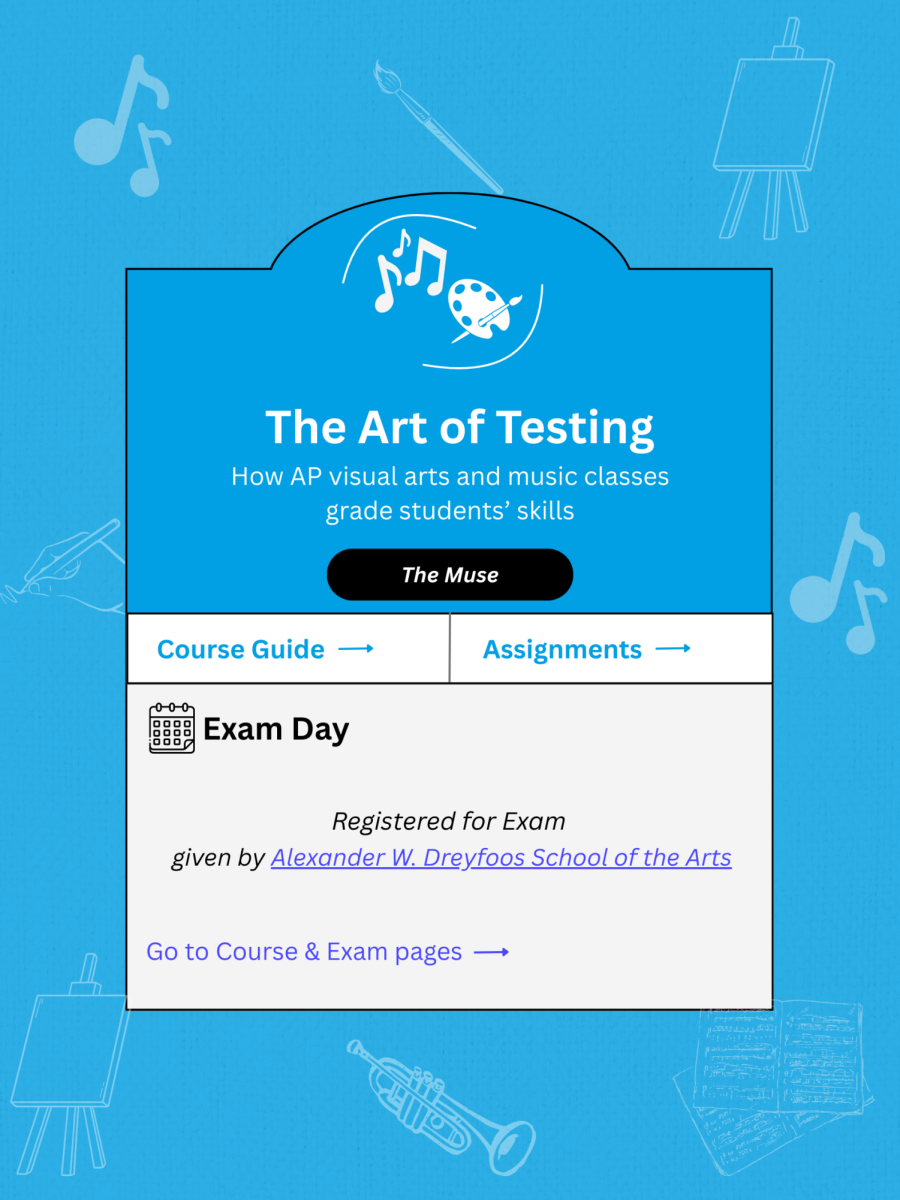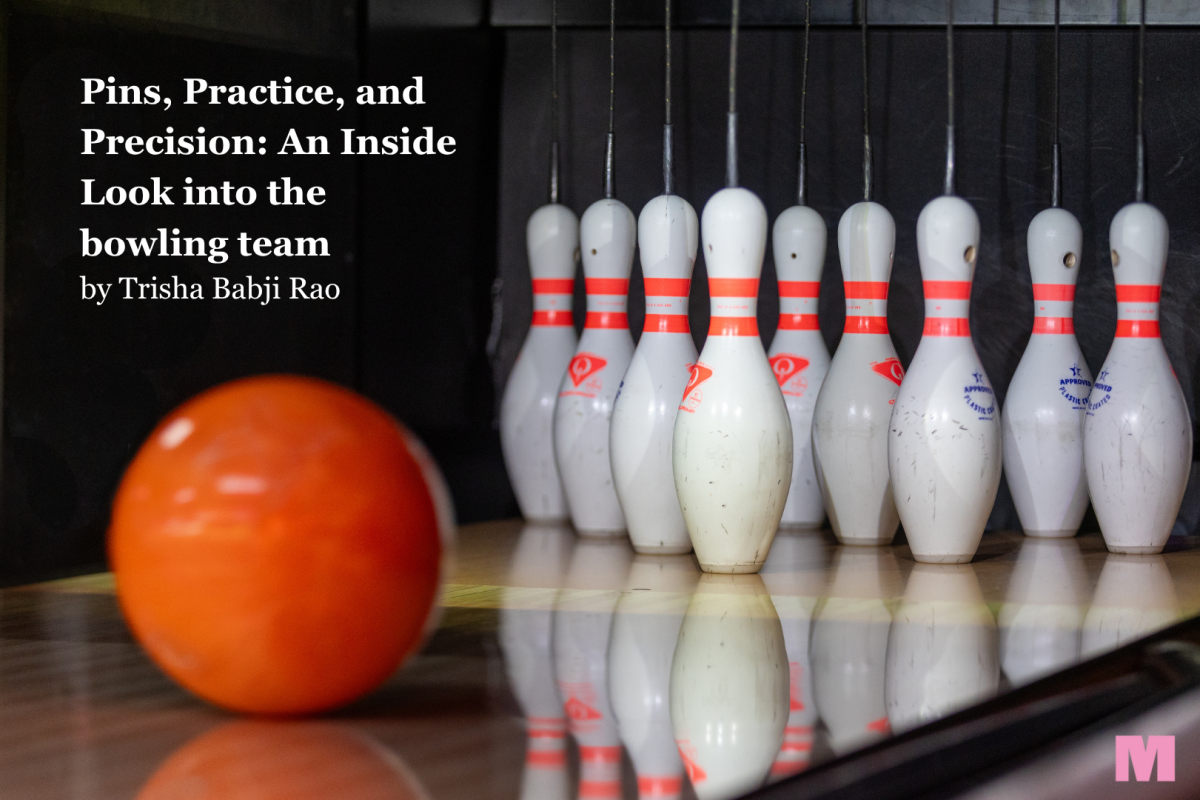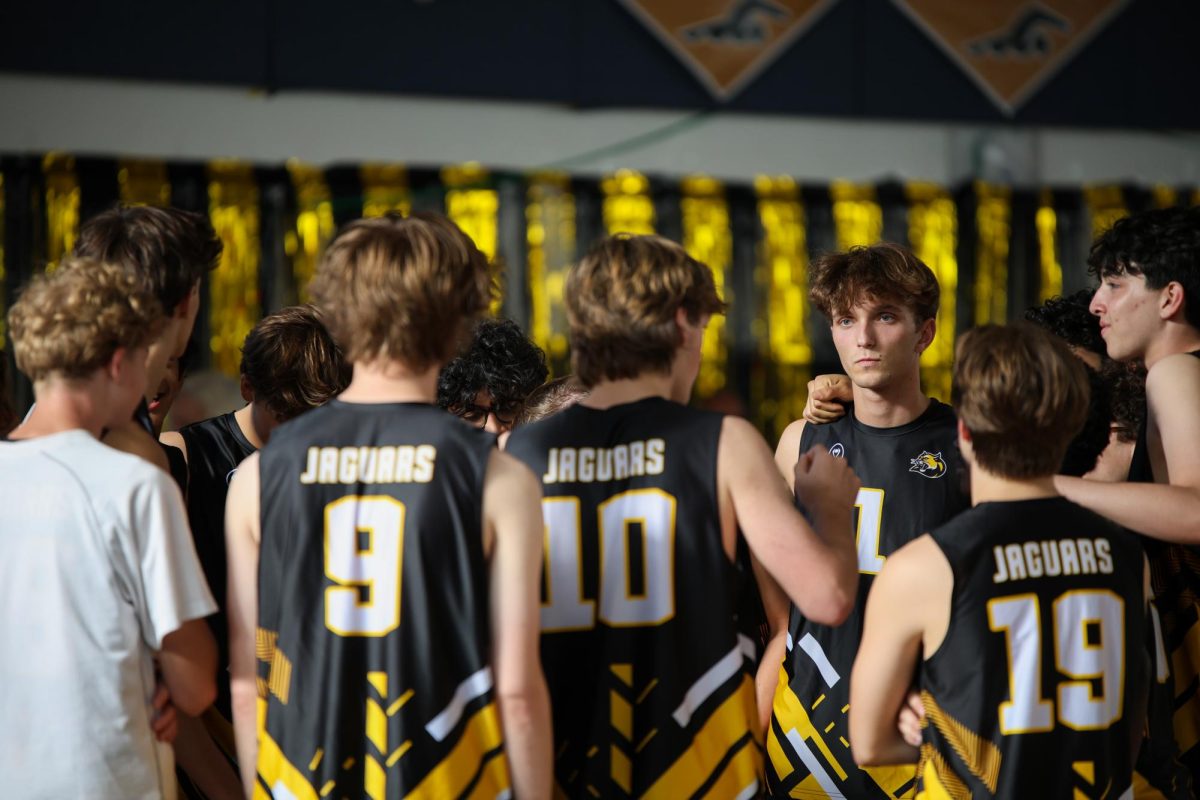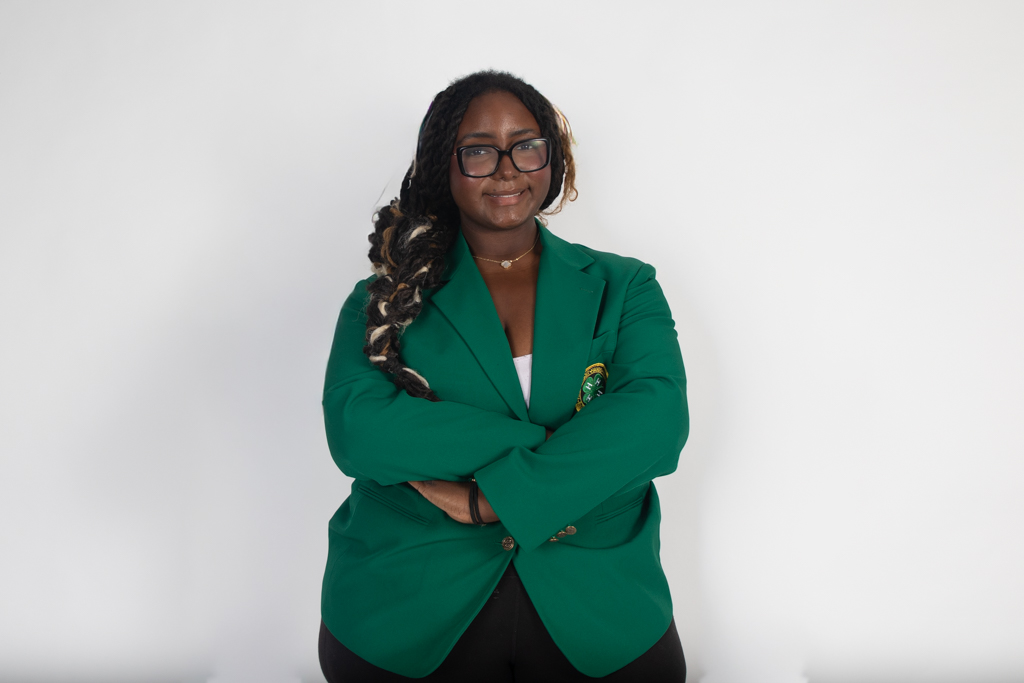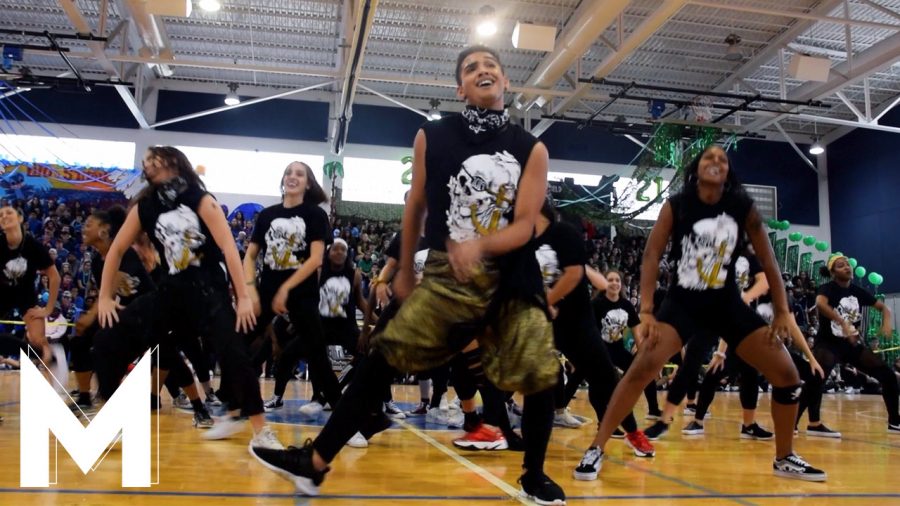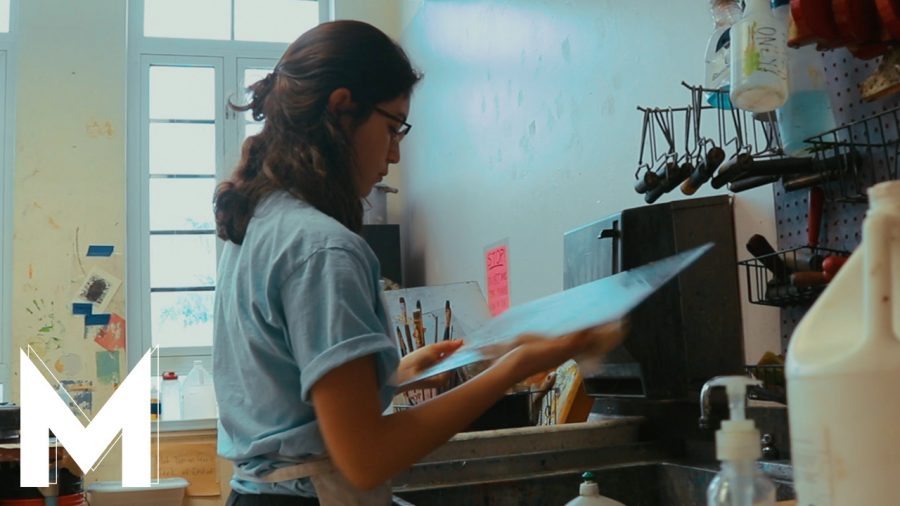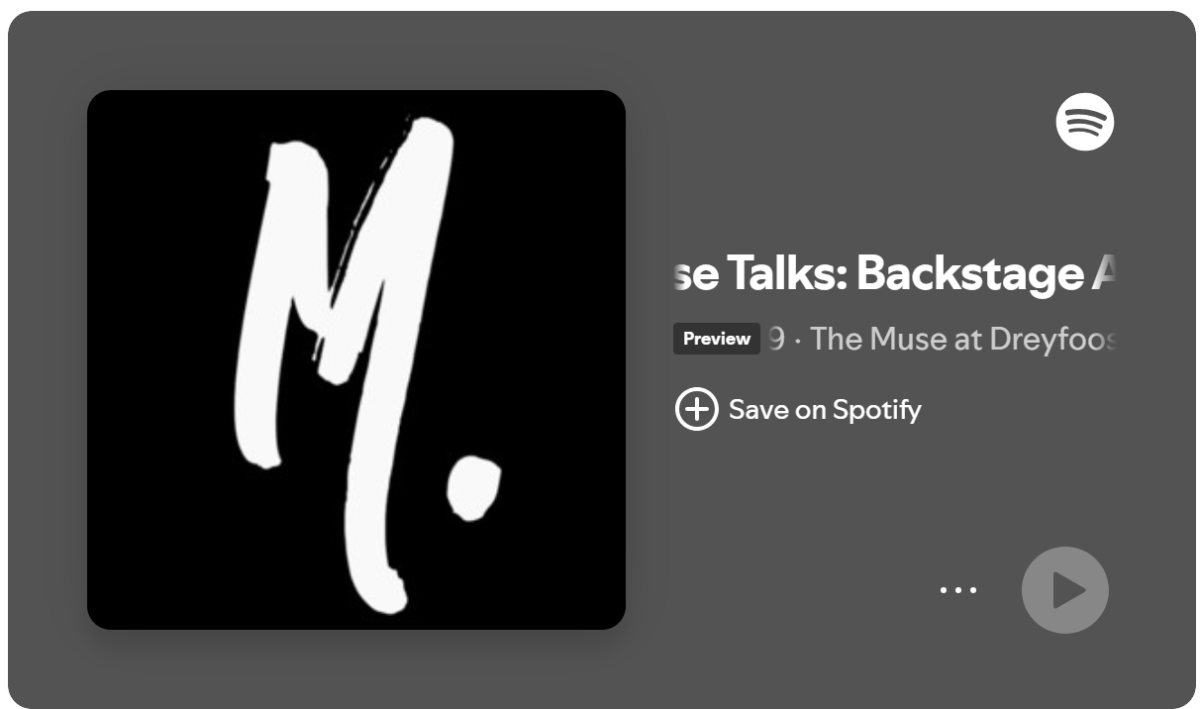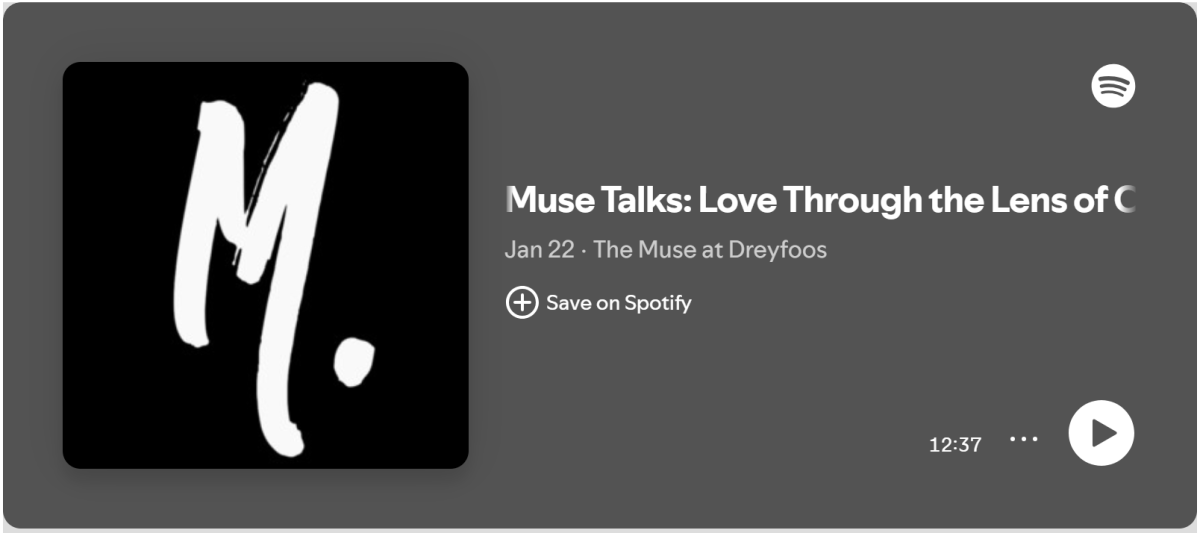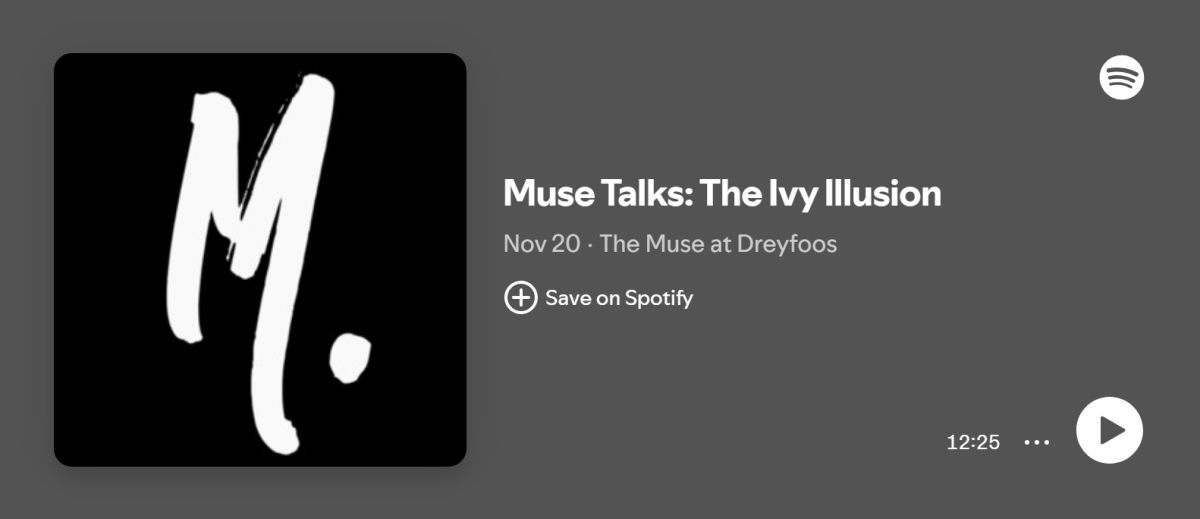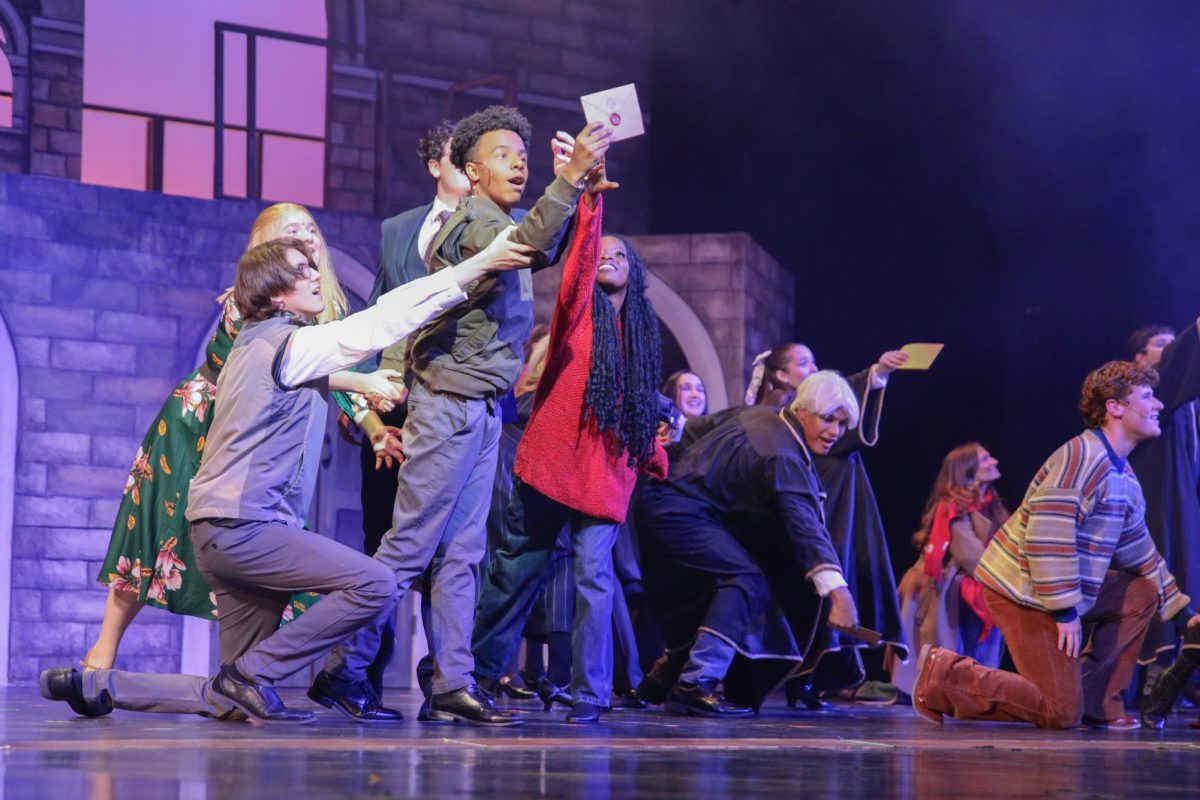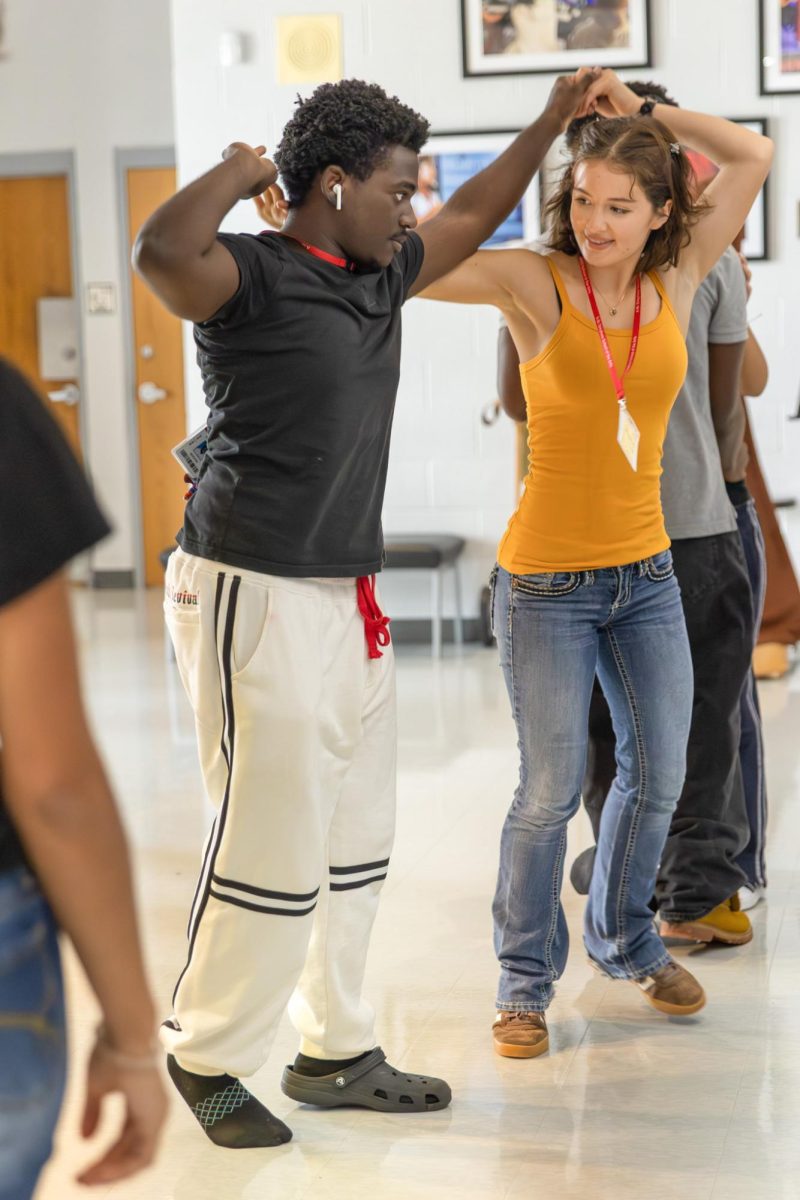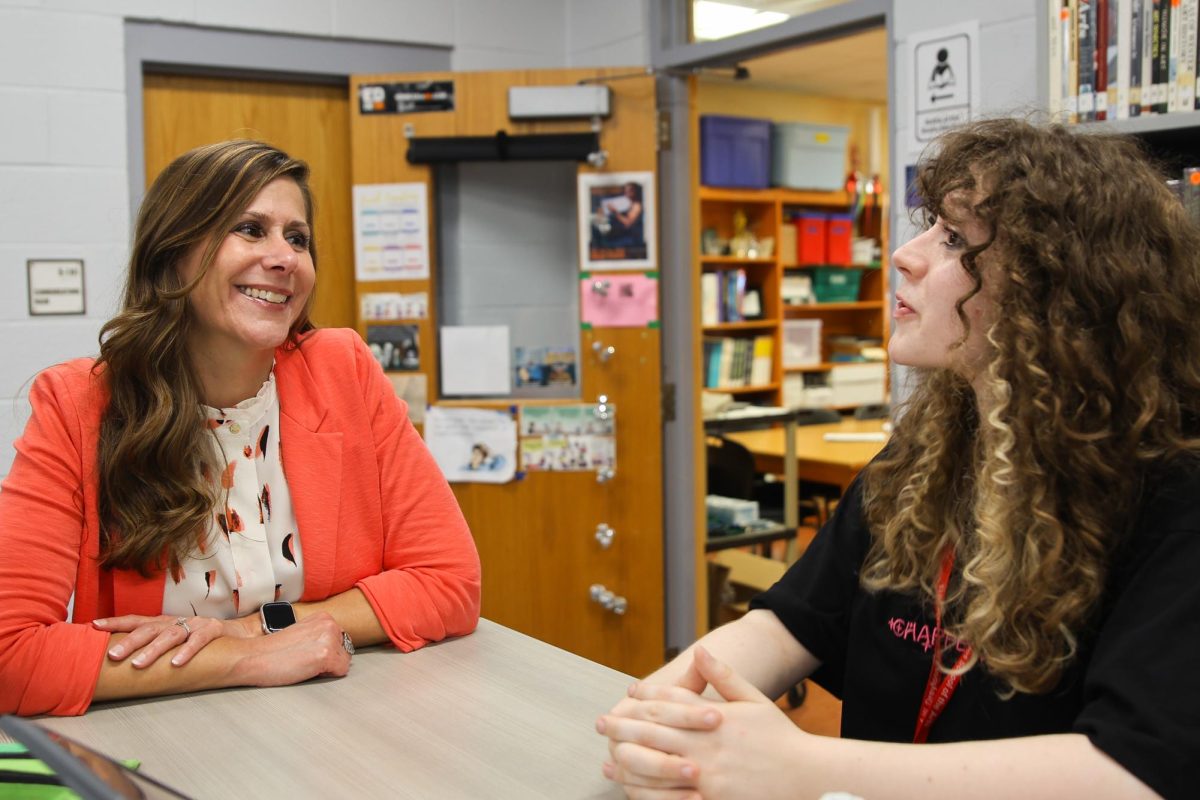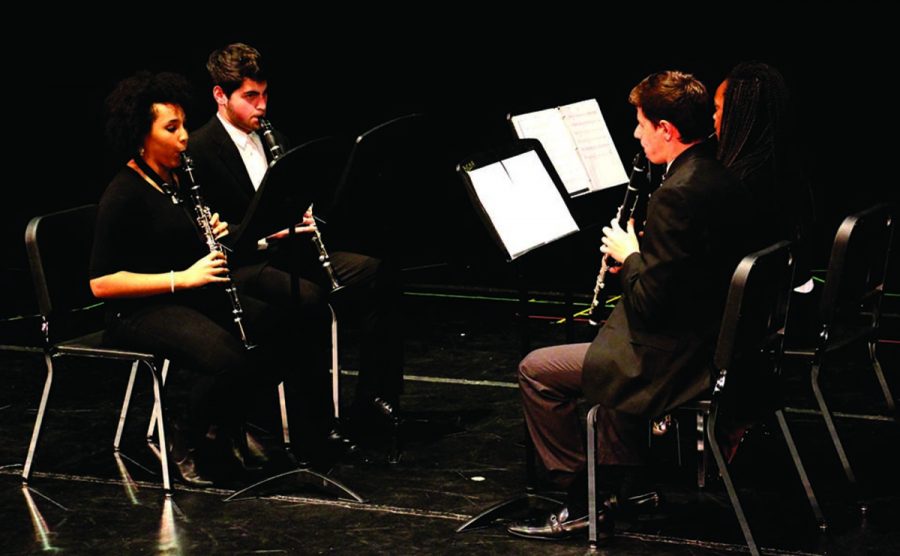A Chamber Winds Concert Marked by Collaboration and Crescendos
Band juniors Maydeleen Guiteau, Adam Freedman, Hailey Ray, and senior Ben Sullivan play clarinets at the Chamber Winds concert on Feb. 23.
As the lights brightened and students took their spots, the silence in the air was broken with the light pitch of the flute, followed by a crescendo of wind instruments. Without a conductor and only a few stands, the Chamber Winds Concert took place in the Brandt Black Box Theater. Smaller groups took the stage and showed the audience what music each group of instruments was able to achieve on its own.
“This concert was really cool because it was in a smaller setting with smaller groups of instruments which usually doesn’t happen,” band sophomore Ryan Bergman said. “I really enjoyed the Menuetto by the clarinets because there was a lot of dynamic contrast.”
During the 2016-17 school year, band dean Evan Rogovin began experimenting with the possibilities and sound band students can produce. For this concert, groups of four to seven students were created to allow musicians to have a more intimate experience with their music and classmates. With band often being about the sound of a large collection of instruments, the shift forced students to have more individuality.
“Working in small groups was fun. You get to know people much better,” band junior Gabriela Sanchez said. “You also get a lot of work done. The pieces are more intricate so it was a lot more fun to play. Most of the time in band it’s a lot of full notes and half notes.”
This concert featured the band department’s inaugural flute choir. Working with artist in residence Jenna Brixius, the students played a peppy, fast paced piece. To add more depth to the sound, band freshman Emma Artero was granted an opportunity to play an instrument rarely used in band: the bass flute.
“I really enjoyed playing the bass flute because it gave me a new challenge and I had to learn it very quickly,” band freshman Emma Artero said. “I was chosen to play it because our flute artist in residence asked us all to play lower notes to see who had a bigger sound because it would help with playing the bass.”
Although the students get a closer look at what they sound like, this collaborative effort has a much more complex set of rules. Like all music, timing is an essential part. With fewer instruments, the connection a band student has with their fellow musician is essential, as small groups put a bigger emphasis on unison and timing.
“The whole piece will not work if someone doesn’t know their part. If the timing isn’t perfect, the chords will be wrong, and it will sound wrong,” Sanchez said. “The hard part isn’t learning the notes, it’s learning how to make music with them.”
The starting and ending number included a variety of woodwinds but every piece played paid close attention to dynamic. Although some groups consisted of the same instruments, the players were able to achieve a sound that included range and intricate notes. The element that set this concert apart was the connection made with audience, as the brightly lit stage allowed the audience to see every tap and breath, giving viewers a closer look at the complexity of music.
“Watching small groups was better to me because they’re more intimate,” piano sophomore Annmarie Gerlach said. “I think there was definitely a closer connection with the audience, and with that it becomes easier to support your friends.”
Your donation will support the student journalists of Dreyfoos School of the Arts. Your contribution will allow us to purchase equipment and cover our annual website hosting costs.

